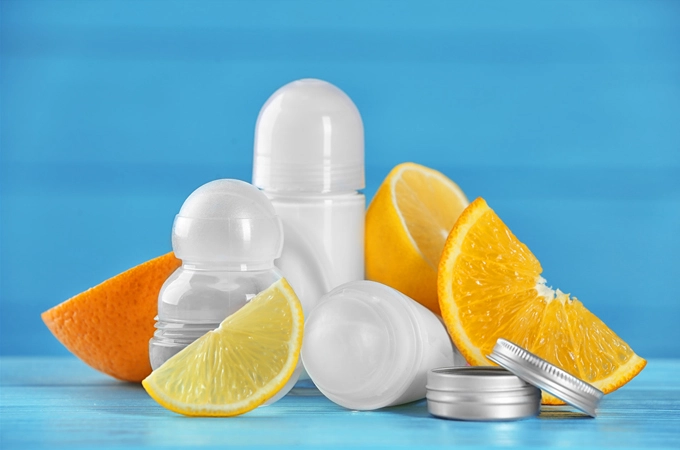Silicone fluid is a kind of polyorganosiloxane with different degree of polymerization chain structure. It is obtained by hydrolyzing dimethyldichlorosilane with water to obtain an initial polycondensation ring body. The ring body is cracked and rectified to obtain a low ring body. A mixture of different degrees of polymerization, and then distillation under reduced pressure to remove low boilers to obtain silicone fluid.
The organic groups of the most commonly used silicone fluid are all methyl groups, which are called methyl silicone fluid. The organic group can also use other organic groups to replace part of the methyl group to improve certain properties of the silicone fluid and apply to various uses.
The silicone fluid is generally colorless (or pale yellow), odorless, non-toxic, and non-volatile liquid. The silicone fluid is insoluble in water, methanol, glycol and -ethoxyethanol, but miscible with benzene, dimethyl ether, methyl ethyl ketone, carbon tetrachloride or kerosene, slightly soluble in acetone, dioxane, ethanol and alcohol. The Silicone fluid has a small vapor pressure, high flash point and ignition point, and low freezing point.
As the number of segments n increases, the molecular weight increases and the viscosity increases, so the silicone fluid can have various viscosities, from 0.65 centistokes to millions of centistokes. If low-viscosity silicone oil is to be prepared, acid clay can be used as a catalyst for telomerization at a temperature of 180°C, or sulfuric acid is used as a catalyst for telomerization at low temperature to produce high-viscosity silicone fluid or viscous material with alkaline catalyst.
Ⅰ. The characteristics of silicone fluid
The silicone fluid has the characteristics of high temperature resistance and good stability, and the affinity between molecules is weak, so the surface tension is extremely low. Silicone fluid and other oils have good compatibility and are highly inert. When applied to the skin, the skin feels refreshing and light, and it is less irritating to the skin and hardly absorbed by the skin, so there is no need to worry about penetrating into the skin.
The Silicone fluid is relatively friendly to the environment. It can be decomposed when volatilized into the atmosphere, and no accumulation phenomenon has been found. Because the surface tension of silicone fluid is extremely low, it can be quickly spread on the skin, and the prepared cosmetic has a moist but not greasy skin feel.
Click to learn more about various silicone fluids: amino silicone fluids, phenylmethyl silicone fluids, hydrogen silicone fluid, Methyl hydrogen silicone fluid.
Ⅱ. The application of silicone fluid
1. Shampoo
Generally, emulsified silicone fluid is used, and the particle size are matched. The old formula also uses high-viscosity polydimethylsiloxane to emulsify and add it, and it needs to pay attention to the suspension.
2. Hair mask
Amino silicone fluid is generally used, which has a good hair repair effect.
3. Skin care emulsification products
Generally, low-viscosity polydimethylsiloxane and phenyl polydimethylsiloxanol are added to the cream emulsion, which has a refreshing skin feel. Use dimethiconol lubricating silicone oil to adjust the skin feel. It is used in eye products or wrinkle-removing products. Silicone elastomer regulates smooth skin feel and matte wrinkle relief.
4. Hair oil
Generally, polycyclic siloxane and polydimethylsiloxane are used to make all-oil system hair care essential oils.
5. Essential oil
Generally, polycyclic siloxane is used in combination with silicone elastomer and dimethiconol to achieve the purpose of thickening and skin feel reconciliation.
6. Aqueous products
Generally, water-soluble silicone grease and polyether-modified silicone fluid are used to adjust skin feel and moisturization.
 English
English 日本語
日本語 한국어
한국어 français
français Deutsch
Deutsch Español
Español italiano
italiano русский
русский português
português العربية
العربية tiếng việt
tiếng việt
